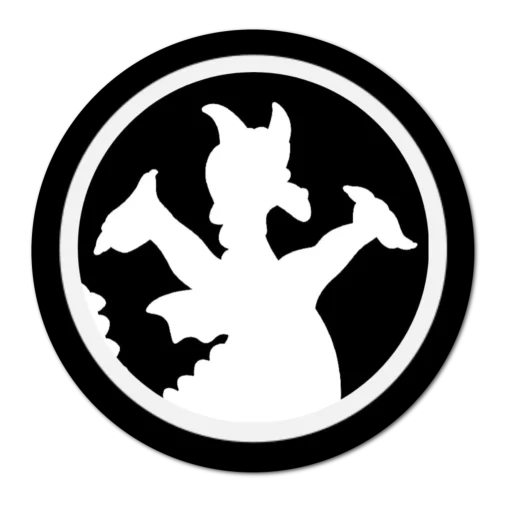If you’ve been reading our recent articles, you’ll remember we discussed the Ten Tallest Structures in Walt Disney World. Now we are moving beyond Walt Disney World, to the world as a whole, and honoring the most famous towers in the Disney universe. Not every tower in this list originated with Disney, but all share a strong connection with Disney – some in films, others in the parks, and still others in Disney history that no longer exist. Please join us as we take our Disney love to new heights.
Walt Disney Inspirations
Walt Disney was always looking for ways to promote his Disney brand, but these first two Disney-inspired towers were not initiated by Walt at all. Instead, Walt Disney and his talented artists were sought out by others to create with the following two pieces.
Tower of Nations – 1960 Squaw Valley Olympics
In 1955, a ski resort in Squaw Valley, California – the tiny little ski resort that could – submitted a bid for hosting the 1960 Winter Olympics, beating out several other much larger and more well-established world class cities and resorts. To make a big splash worthy of worldwide attention, the small resort’s owner Alexander Cushing called in the big guns from Hollywood – Walt Disney and his team of dreamers and doers.
It was, like so many of Walt’s endeavors, a true Cinderella Story. The Winter Olympics Organizing Committee offered Walt the position of Chairman of the Pageantry Committee. Walt accepted, and he and his team helped transform the image of the small struggling ski resort into an appealing venue worthy of the world’s attention. Disney was ultimately responsible for all entertainment aspects of the Olympics, including the opening and closing ceremonies, award ceremonies, music, entertainment, and the entire look and layout of the Olympic Plaza.
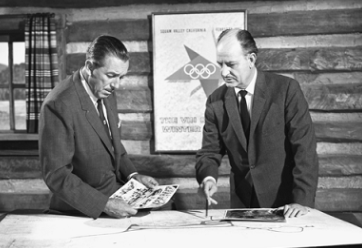
Walt named Disney artist, designer, and Imagineer John Hench as Decor Director for the games. Hench met the challenge, designing an impressive Avenue of the Athletes, which stationed thirty 16-foot status of athletes along the avenue, leading to the Tower of Nations – a 79-foot tall, 20-foot wide tower flanked by two larger 24-foot athlete statues (one man and one woman). The Tower of Nations was organized as a grid, which displayed aluminum crests of all nations competing in the Olympic games. The easily recognizable Olympic rings were set atop the tower, above the main frame, symbolizing the five major continents and international friendship.

The tower served as the staging area where the opening and closing ceremonies were held, as well as the location for individual competition medal award ceremonies. Holding the award ceremonies in a public location was an innovation of the Squaw Valley Olympic games, as victory ceremonies had not previously been held for public viewing. The award location at various Olympic venues is commonly referred to today as the Medals Plaza.
Walt and his team added a degree of entertainment and showmanship to the Olympics that had never been seen before, and laid the groundwork for the impressive modern-day Olympic ceremony displays we enjoy every two years.
Tower of the Four Winds
“Meet me under the Tower of the Four Winds” became a common phrase for folks attending the 1964 World’s Fair in New York. As the name suggests, the fair began in 1964, but it also ran for a second season in 1965. Fans of Walt Disney history, Imagineering, and theme parks are well aware of the significance of this event. Walt Disney was approached by several major corporations (and one government organization) to design and construct eye-popping, awe-inspiring, innovative showcases for the world to see.
Walt and his team provided the following unforgettable attractions:
- Magic Skyway (created for Ford Motor Company)
- It’s a small world (created for Pepsi Cola)
- Carousel of Progress (created for General Electric)
- Great Moments With Mr. Lincoln (created for the State of Illinois)
I could write many chapters on the innovation, construction, and cultural and historical significance of these creations (and many people have done exactly that), but since this is an article about Disney towers, I’ll resist the urge to stray too far, and focus my discussion on the UNICEF foundation pavilion, which was sponsored by Pepsi Cola.
It’s a small word was the signature attraction of the UNICEF pavilion – a cheerful indoor boat ride featuring animatronic miniatures of singing children from around the world. The attraction was designed primarily by Disney Legend Mary Blair, and was full of Blair’s signature bright colors, happy smiles, and irresistible positivity. Walt Disney needed a “weenie” of equal whimsy to attract people to the pavilion (weenie was Walt’s term for a visual magnet that would draw people to a particular location).

Enter another Disney Legend – Imagineer Rolly Crump – brought in by Walt to design what would be known as the Tower of the Four Winds. It was twelve stories (120 feet) high – a kinetic sculpture created to compliment the theme of it’s a small world as a salute to the children of the world. The tower was constructed atop the 2-story pavilion/attraction building.
As described by a 1964 Disney press release: “Attached to three primary columns and four slender buttresses will be more than 100 spinning, swiveling, oscillating elements of as many colors and shapes. Propellers of every description and size, a miniature, purely decorative carousel with animals from several countries (a giraffe, camel, reindeer, llama, horse, elephant and donkey), a stylized representation of the sun; figures of birds, flying fish, winged dragon, butterflies, bees and other creatures–all will be in perpetual motion.”
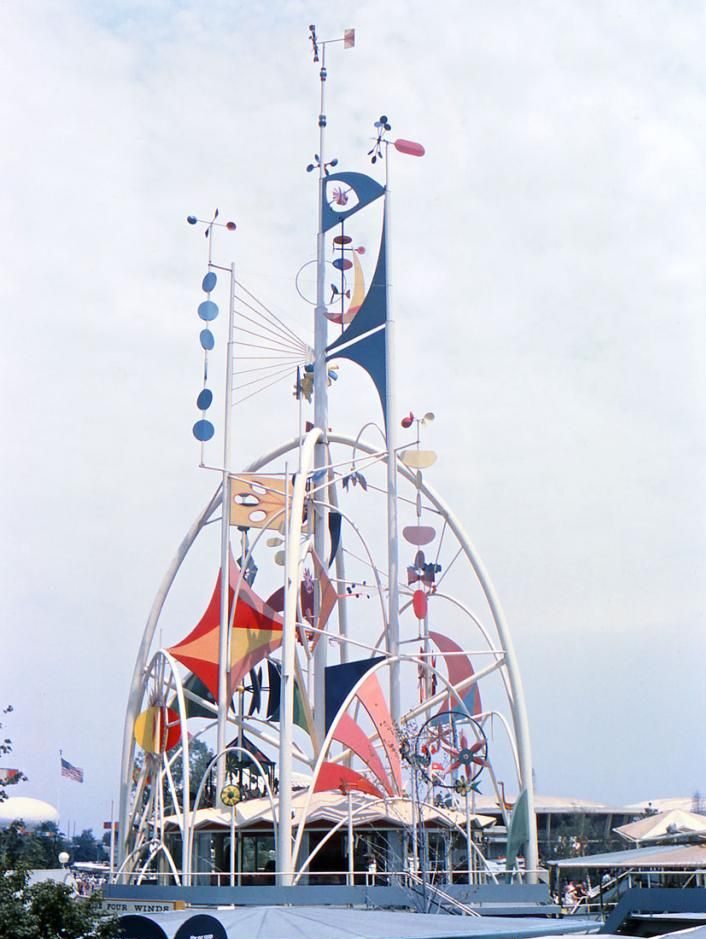
The Tower of the Four Winds moved at the whim of the blowing breeze – never static, never bored. It became synonymous with it’s a small world – a tall, cheerful invitation to explore the wonders of the human spirit through the eyes of a child.
Sadly, when the World’s Fair ended in 1965, and it’s a small world and other Disney-created attractions were disassembled and moved to Disneyland for a second life, the Tower of the Four Winds was unceremoniously left behind in New York. It was eventually torn down, and the parts were sold for scrap.
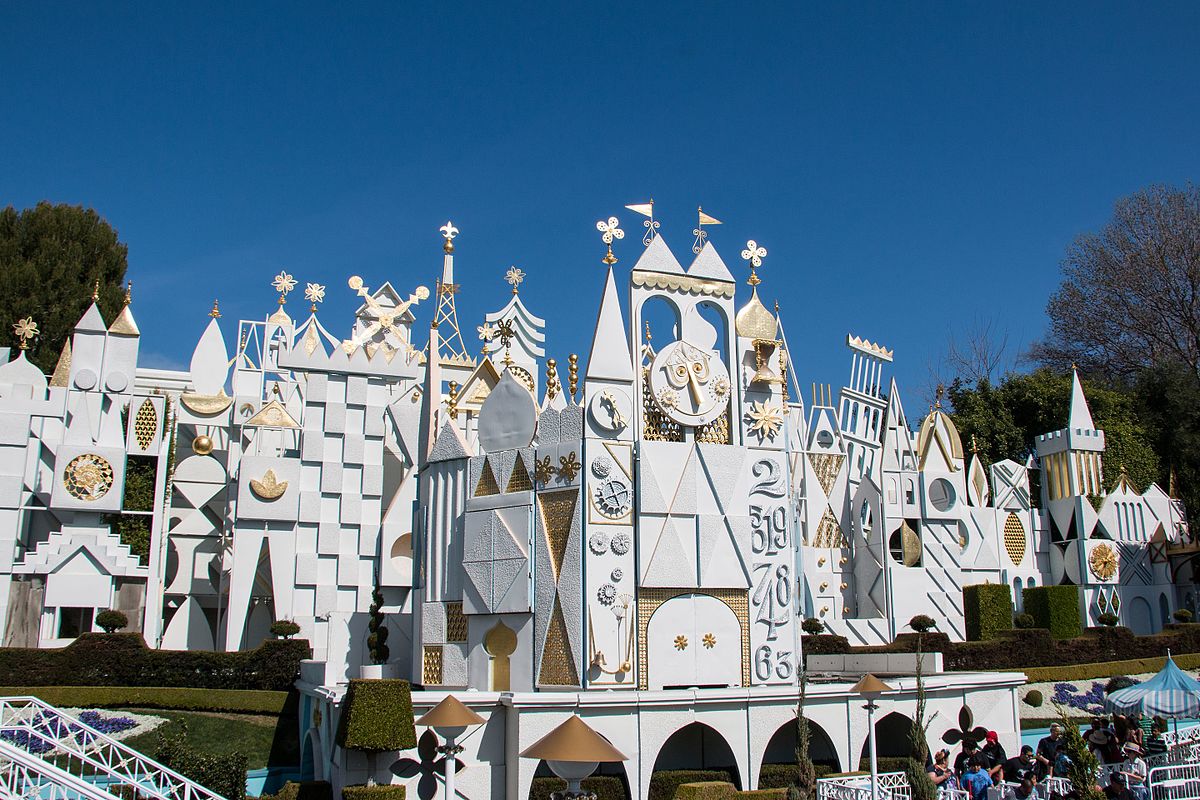
Rolly Crump received a second chance to highlight it’s a small world when it moved into Disneyland for its permanent installation in 1966. Rolly designed the larger-than-life animated clock at its entrance, which happily ticks and tocks, while sending puppet children on parade every fifteen minutes.
Towers in Film
Disney has always borrowed heavily from classic stories and fairy tale concepts. The magic of Disney lies in how the storytelling brings these tales to life like few other renditions ever have. Let’s look at some of Disney’s storybook towers.
Rapunzel’s Tower
When you think about “fairy tale towers”, Rapunzel’s Tower will most certainly be high on your list. It is perhaps the most infamous tower in fairy tale history, for what it represents – the deceptive imprisonment of the unknowing child Rapunzel, for pretty much all of her youthful life. While the tale and origin of this tower are dark, Disney shone a bright light on this story and its heroine, to create Tangled – one of the most endearing modern day animated films, and one of the strongest-willed Disney Princesses to date.
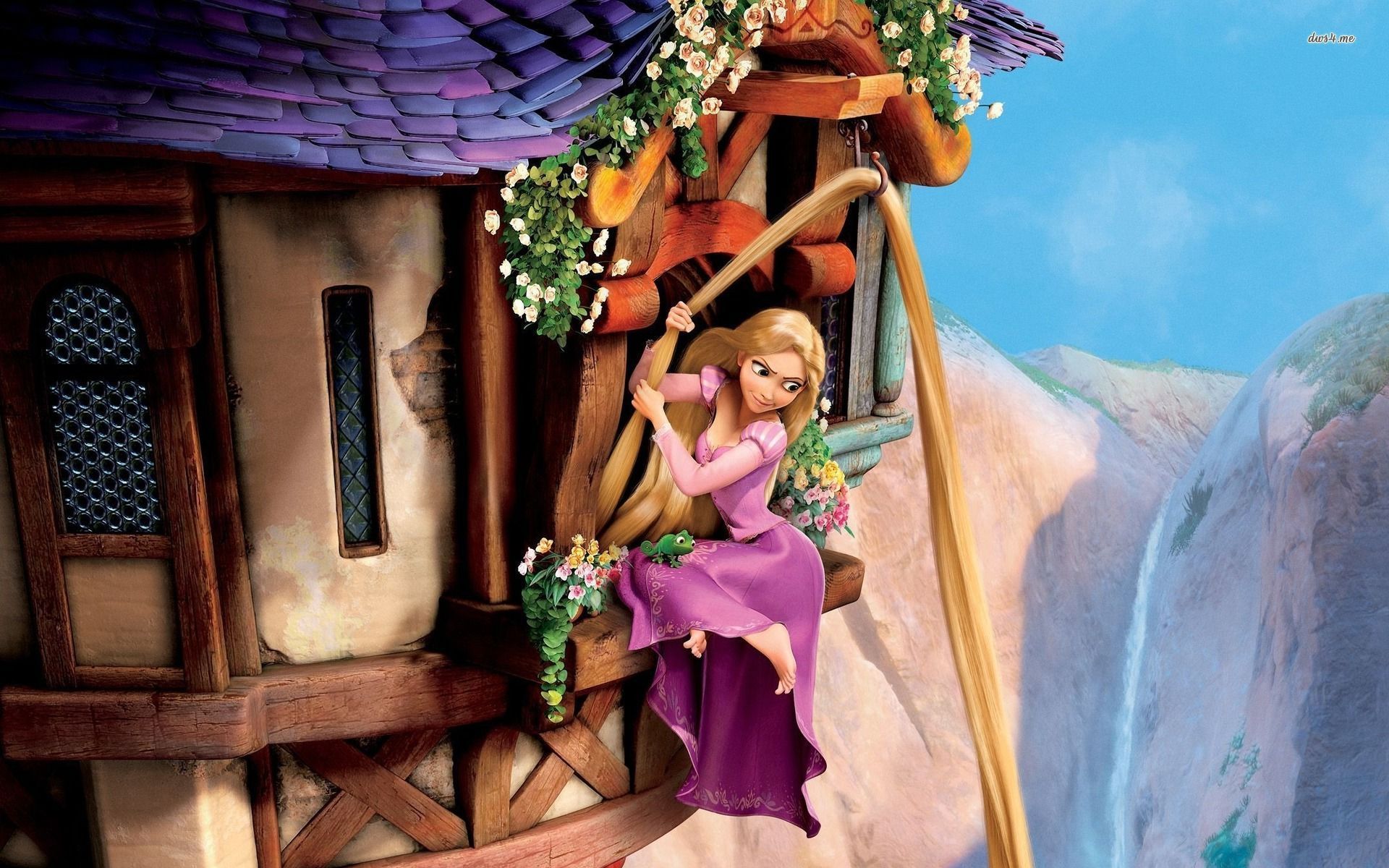
While Rapunzel’s Tower stands tall in its simple splendor, we would be remiss if we didn’t acknowledge the awkwardness of the tower’s construction, at least for the Disney version of the story. There seems to be no direct, ground-level entry into the tower, as witnessed during the comings and goings of Mother Gothel – Rapunzel’s “adoptive” caretaker. Mother Gothel sings to Rapunzel to “let down her hair” in order to give her a lift up and down the tower’s high window entry, and the film does not acknowledge any other way in or out of the tower. There does, however, seem to be a staircase or two inside the tower, as it appears that Mother Gothel lives in a different portion of the tower than Rapunzel. In reading more about Rapunzel’s Tower outside of Disney, there seems to be general acknowledgement that a second hidden door is present closer to ground level. You know, just in case Rapunzel isn’t up for the task of being a human-powered elevator.
If you’ve ever dreamed of going inside Rapunzel’s Tower, your chance awaits you at Walt Disney World’s Magic Kingdom. But before you get your hopes up, be warned that the only portion of the building accessible to guests is the restrooms.
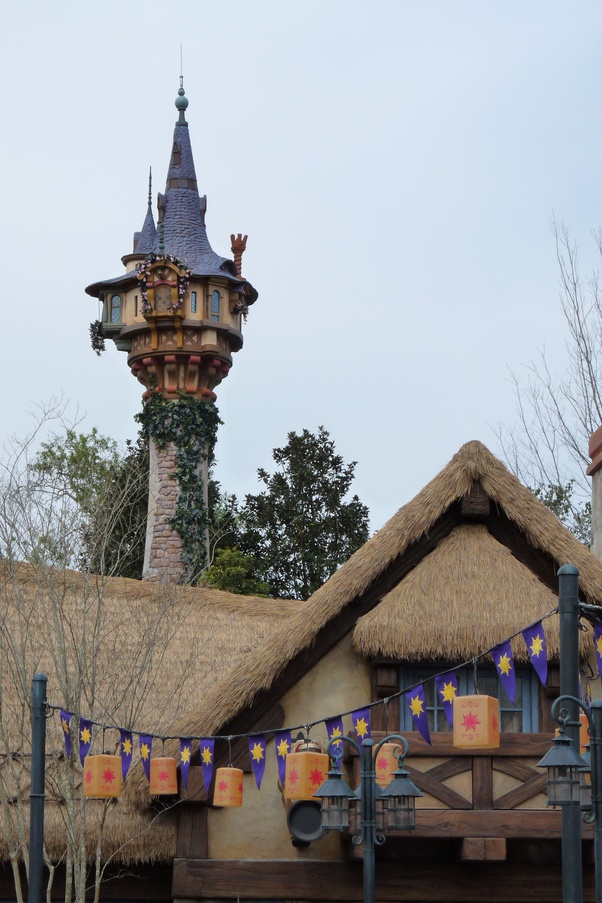
That’s right – Rapunzel’s Tower serves as the shining landmark for restrooms at the western edge of Fantasyland, at the location of the old Fantasyland Skyway station! But they are not your usual restrooms – guests are in almost unanimous agreement that these restrooms are the nicest and most well themed in all of the Walt Disney World theme parks. These may be the only Instagram-worthy restrooms in all of Disney parks!
Prince Charming’s Clock Tower
When this clock strikes twelve, it signals one of the most iconic moments in all of Disney films – Cinderella fleeing the scene of the most romantic night of her life, so she doesn’t get caught within the magic of her Fairy Godmother. This fateful clock is mounted high upon one of the castle’s turrets, where it can broadcast its hourly chime unobstructed for all to hear.
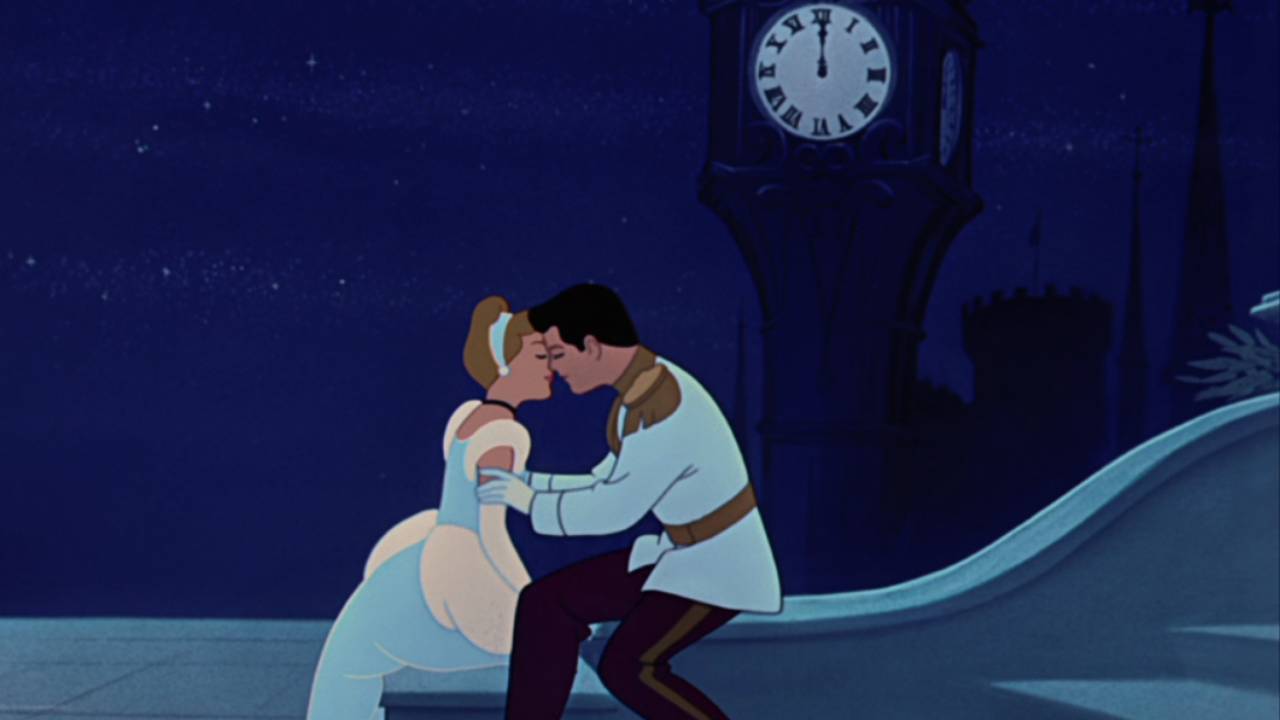
Guests visiting Cinderella Castle in Magic Kingdom (or the Cinderella Castle in Tokyo Disneyland) may notice the clock is not located on a tower, but instead above the main castle gate.
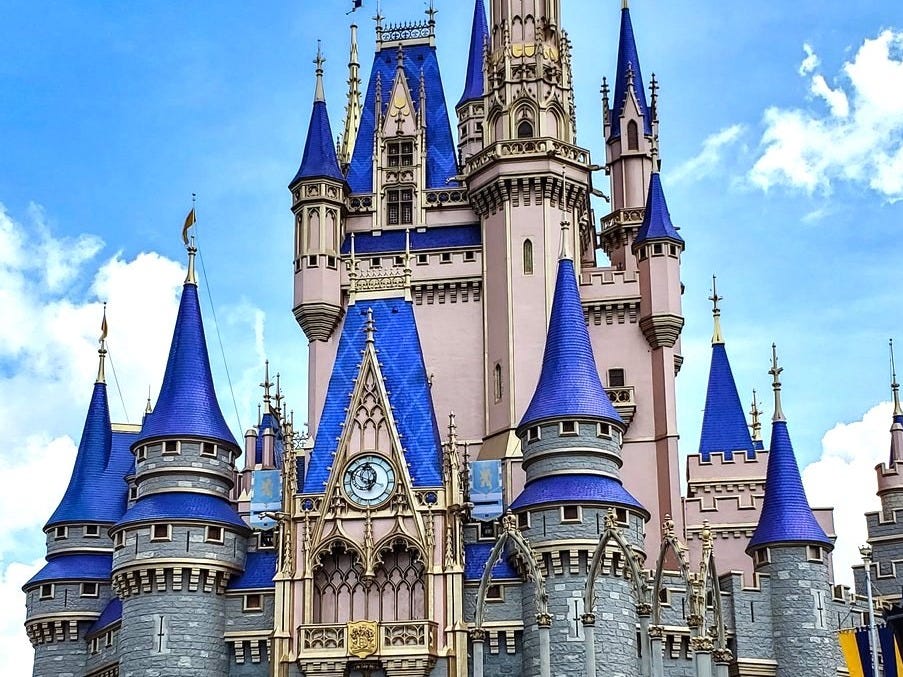
I was not able to find an official reason for this – I assume it was to make the clock easier for guests to see and read. If you happen to know the reason, please reach out here to let us know!
Eiffel Tower
One of the most popular landmarks in the world, the Eiffel Tower in Paris makes cameo appearances in the backdrops of many Disney films and television shows, including The Aristocats, Ratatouille, The Hunchback of Notre Dame, Monsters, Inc., and Phineas and Ferb.
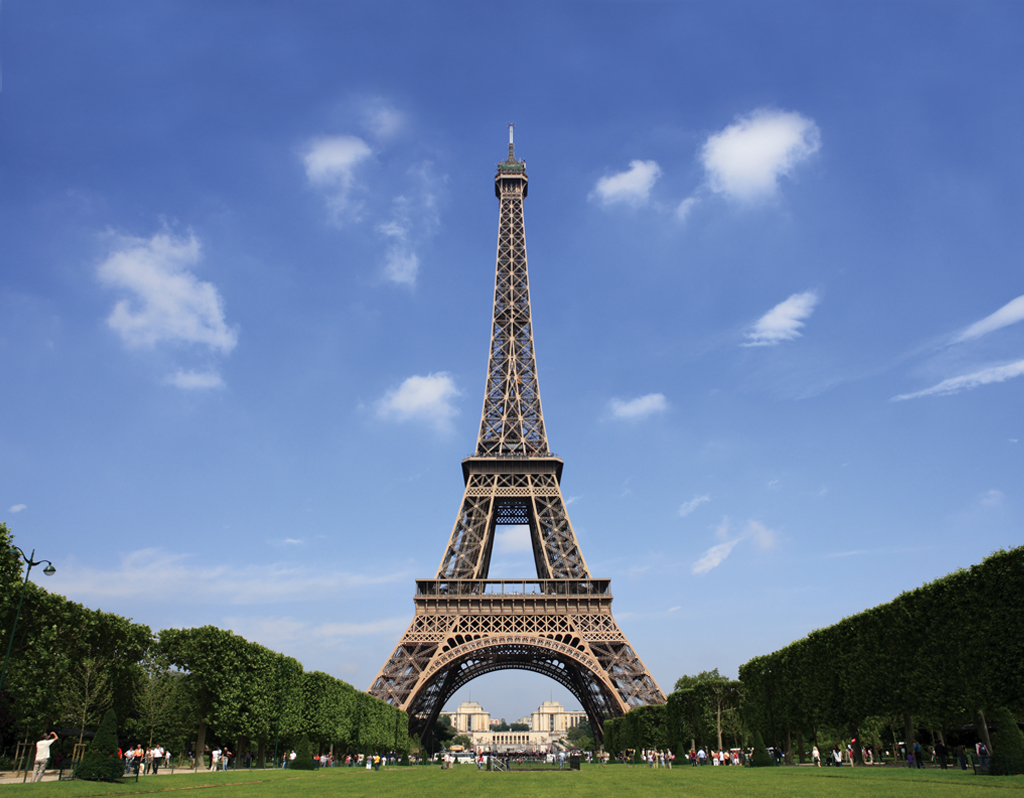
It makes a more significant appearance in the following films and locations:
Beauty and the Beast
“After all Miss, this is France” – The Eiffel Tower appears as a miniature model constructed using plates and silverware, under the charming direction of Lumiere.

Cars 2
In another modified version, the Eiffel Tower takes on a larger scale form (one and a half times the size of the real tower) with the arches at the base of the tower designed to look like wire wheels, the first and second platforms inspired by Bugatti auto grills, and the top shaped like a classic spark plug.
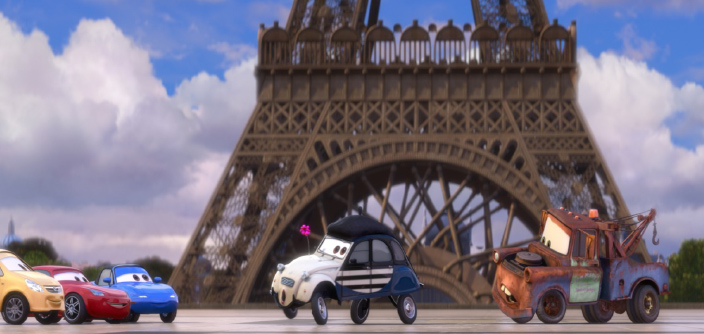
Tomorrowland (2015 film)
The Eiffel Tower was the location of a secret society of inventors, and doubled as the location of a disguised rocket launch platform (yeah, Tomorrowland was a bit out there).
Epcot
Of course, no trip to EPCOT’s France pavilion would be complete without a photo near the pavilion’s signature landmark. The pavilion’s version of the tower is scaled down to one-fourteenth size, but looks much larger with the use of forced perspective.
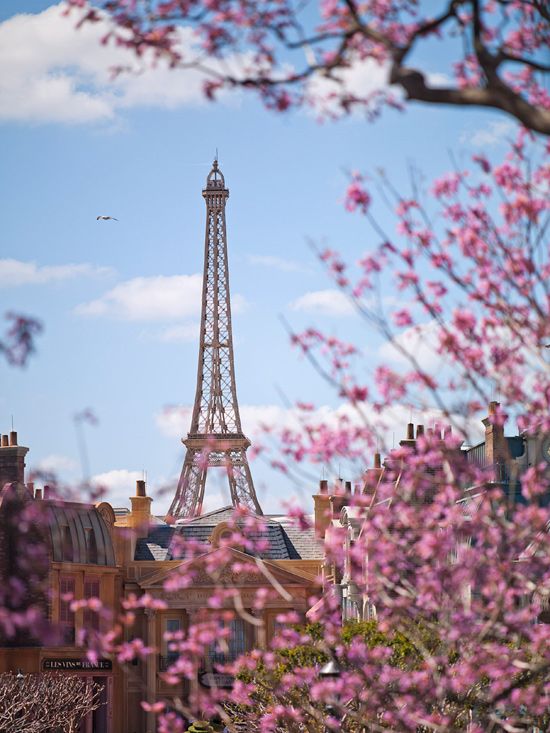
Guests in EPCOT’s Future World, Disney California Adventure, and Shanghai Disneyland can fly past the Eiffel Tower when riding Soarin’ Around the World. This breathtaking attraction has guests swinging their feet and feeling the breeze, but if you are sitting at the end of a row, the tower may look a little crooked due to the angle of view and the curved shape of the theater screen. Some creative merchants have marketed this phenomenon by creating “Make the Eiffel Tower straight again” t-shirt designs!
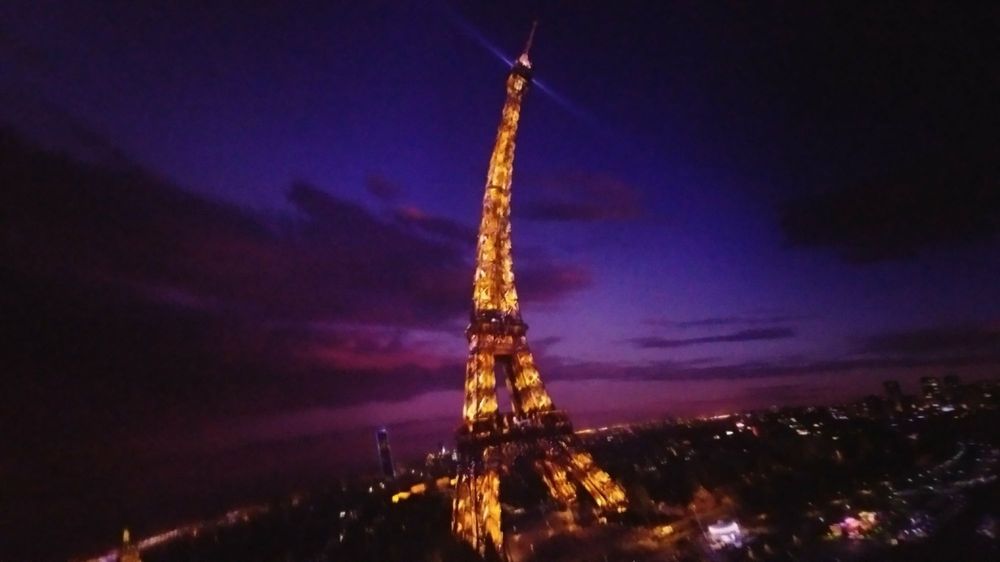

Notre Dame Cathedral
One of the grandest representations of religious worship, Notre Dame cathedral in Paris plays a major role in Disney’s adaptation of Victor Hugo’s The Hunchback of Notre Dame.
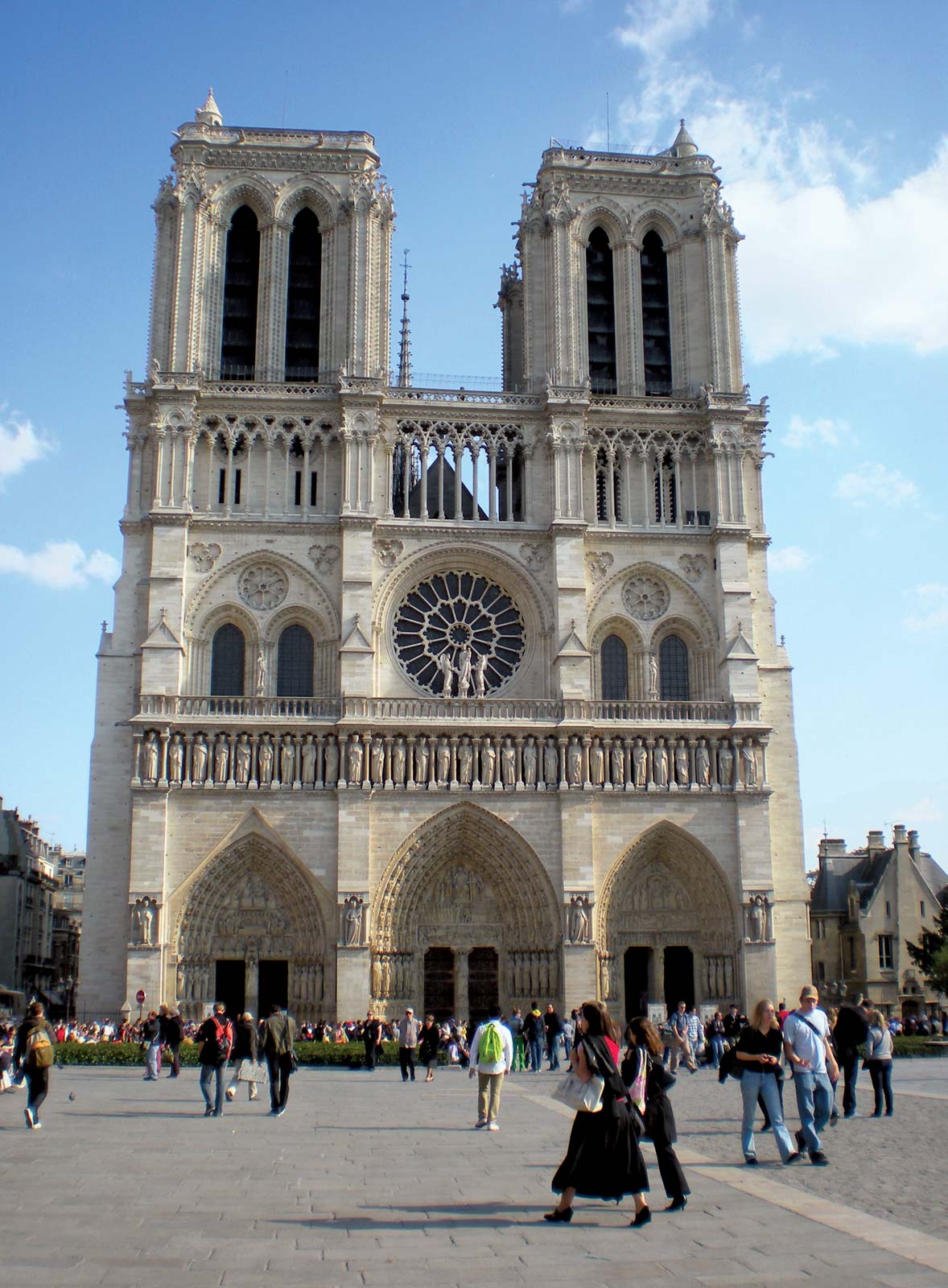
Quasimodo – the protagonist of the film – lives high in the tower (with his three gargoyle friends) and his elevated perspective on life in Paris offers grand sweeping views of the most romantic city in the world.
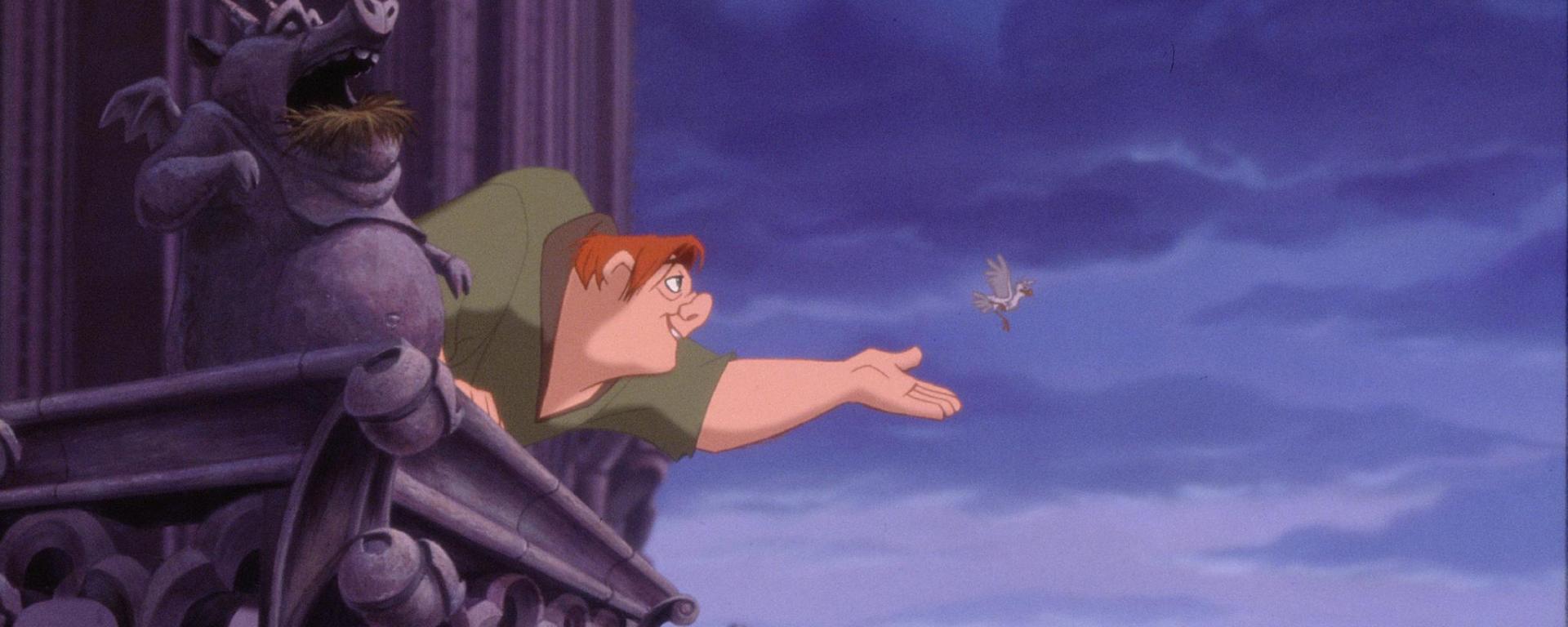
Like the Eiffel Tower, Notre Dame cathedral also makes an appearance in Cars 2, and in similar fashion, this modified version is adorned with 24 “car-goyle” statues and flying buttresses in the shape of exhaust pipes.

Sadly, a devastating fire in April 2019 severely damaged this world treasure, but restoration efforts have been ongoing since, and the cathedral is tentatively planned to reopen sometime in 2024.
Big Ben/Elizabeth Tower
Perhaps my favorite tower on the list is the stately Elizabeth Tower in London. Purists know that the bell atop the tower is the only portion actually named Big Ben, but the majority of visitors bestow this friendly name on the tower as a whole.
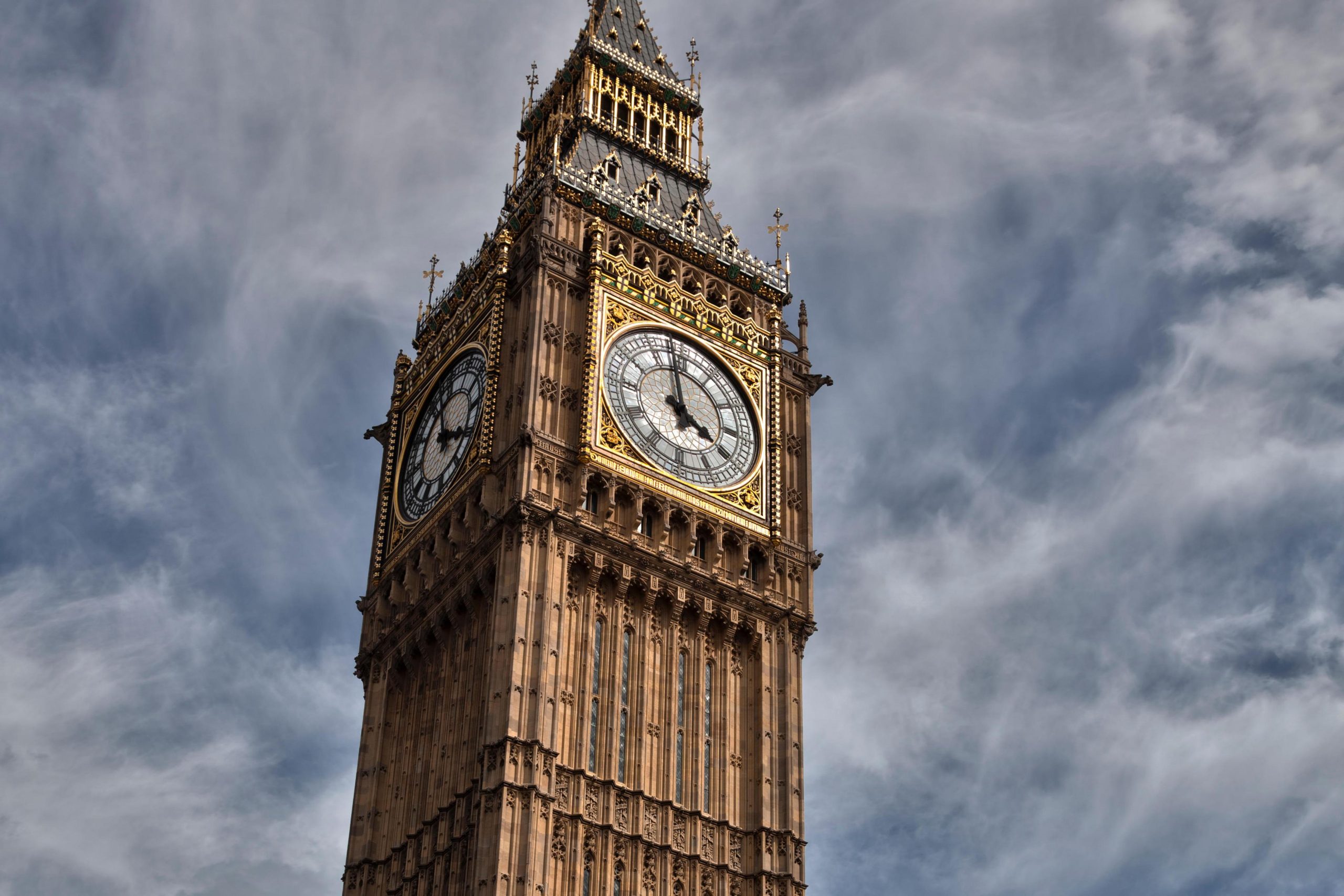
Big Ben appears in so many Disney films and television shows, I will not list them all here, but I will point out a few of Ben’s more iconic appearances:
Peter Pan
“You can fly! You can fly! You can fly!” My favorite classic Disney film is, without a doubt, Peter Pan. Where else can you fly wherever your imagination will take you, using nothing but faith, trust, and a little bit of pixie dust? When Peter first introduces the Darling children to flying, the children float up from their London home, through the city to the clock face of Big Ben.
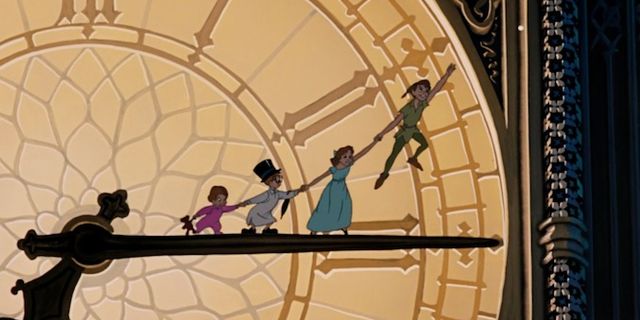
After soaking in the amazing moment, they fly to “the second star to the right, and straight on ‘till morning.” I’ve always been fascinated by this scene – savoring the childlike wonder of getting to actually fly!
The Great Mouse Detective
In Disney’s take on Sherlock Holmes, our hero – Basil of Baker Street – takes on one of Disney’s most underrated villains – Ratigan – inside Big Ben’s clock mechanism. Our hero comes out on top, literally, as Ratigan falls to his death from high atop the tower.
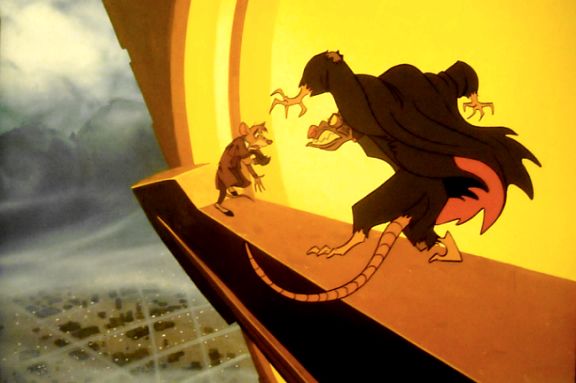
The chase scene inside the clock tower was one of Disney’s first uses of computer generated animation (CGI), leading the way toward Disney’s animation renaissance of the 1980s and 1990s.
Mary Poppins Returns
In the long-awaited and highly regarded sequel to Disney’s classic take on Mary Poppins, Big Ben’s midnight chime is cited by the film’s villain – bank president William Weatherall Wilkins – as the deadline given to Michael Banks to present key information stating his ownership of a healthy amount of bank shares, in order to avoid losing his home to foreclosure.

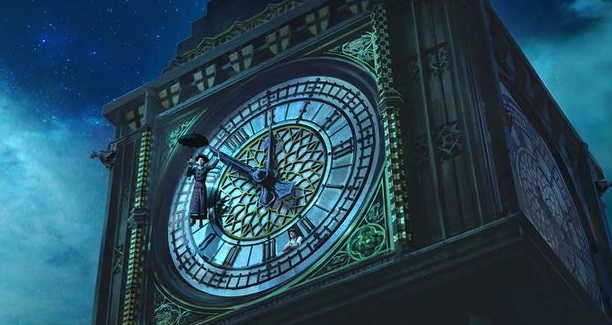
In the film’s memorably tense penultimate scene, Mary Poppins, the lamplighter Jack, and a few of his lamplighter friends scale the tower in order to “turn back time” and prevent Big Ben from chiming the deadline toll, allowing Michael and his sister Jane just enough time to get to the bank and prove his ownership of the bank shares.
Cars 2
Big Ben also makes a small, slightly reimagined appearance in – you guessed it – Cars 2, as Big Bentley. And as you might guess, the façade is inspired by the famously fancy Bentley cars. Who would’ve thought this article on Disney towers would end up referencing Cars 2 three times?
Stark Tower / Avengers Tower
Ok, maybe this tower didn’t originate from classic fairy tales, but it did come from the literary medium of graphic novels – otherwise known as comic books. Marvel’s entry onto this list rests on the shoulders of Tony Stark – self proclaimed “Genius, Billionaire, Playboy, Philanthropist” – and arguably the most popular Avenger in Disney’s Marvel Cinematic Universe (MCU). Stark’s brilliant mind and engineering prowess created the sleek and powerful Stark Tower – a high-rise corporate headquarters located in New York City.
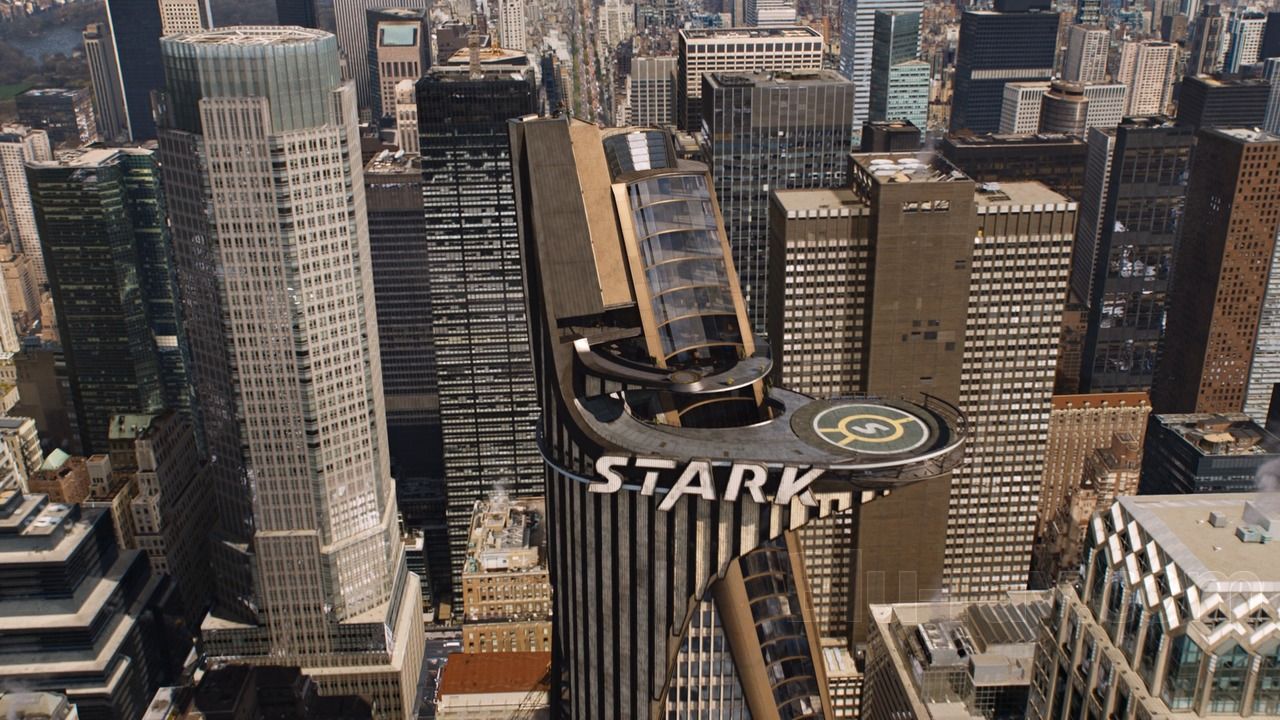
The tower was powered by Stark’s arc reactor, which makes the tower capable of powering itself for over a year. When the S.H.I.E.L.D organization was formally dissolved, Stark transformed the tower to the Avengers’ headquarters. However, the tower acted like a lightning rod for attracting the wrong kind of attention – from several of the MCU’s baddies.
Stark relocated the Avengers’ headquarters to a quiet location in upstate New York – away from the center of one of the largest cities in the world. After the Avengers moved, Stark sold the tower. The climactic final scene from Spider-Man: Homecoming occurs as a direct result of Avengers items and materials being moved out of Stark Tower to the new upstate New York location.
Disney Parks Towers
Tower of Terror
This may be Disney’s most famous (and most feared) tower. The Hollywood Tower Hotel in Disney’s Hollywood Studios (and several other Disney parks worldwide) harkens back to Tinsel Town’s golden days of the 1930s. But this is no ordinary hotel – it is haunted and possessed, and unlucky guests travelling to the thirteenth floor are in for more than they bargained for.
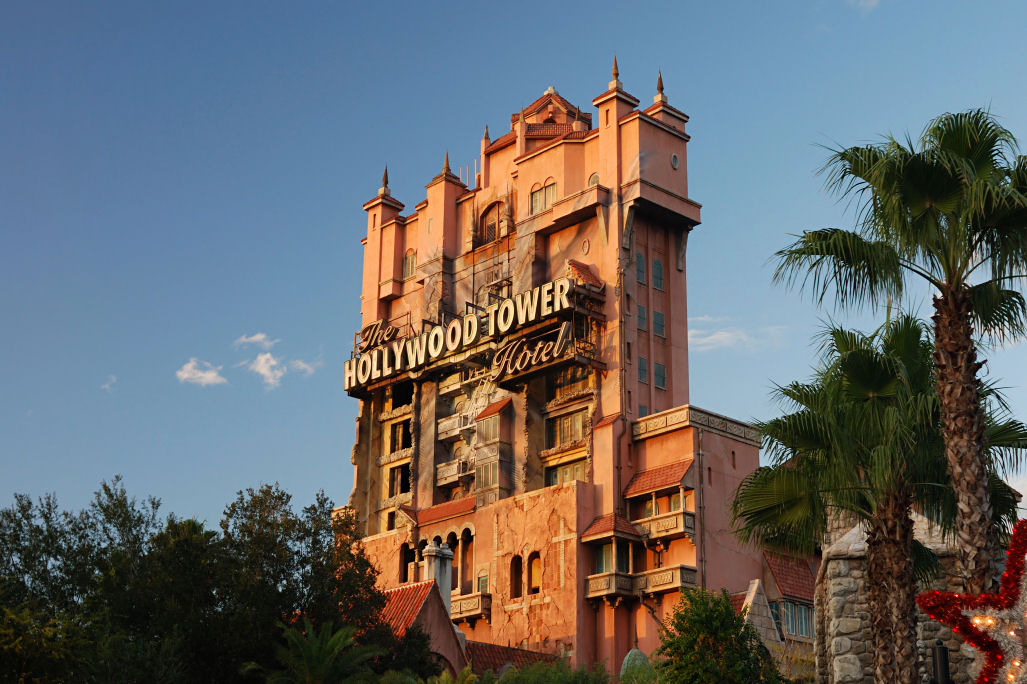
The creepy feel inspired by The Twilight Zone, including the ominous voice of Rod Serling, adds a level of depth and danger to the attraction’s story, making it one of Disney Imagineering’s crowning achievements in storytelling and engineering. The Tower of Terror is widely considered one of the best theme park attractions worldwide, and you can learn more about this attraction’s engineering magic here.
Resorts – Gran Destino Tower and Bay Lake Tower
Walt Disney World is home to two resorts with officially named “towers” – Bay Lake Tower and Gran Destino Tower.
Gran Destino Tower at Disney’s Coronado Springs Resort was inspired by the Disney short film Destino – created in a partnership between Walt Disney and Spanish artist Salvador Dali.
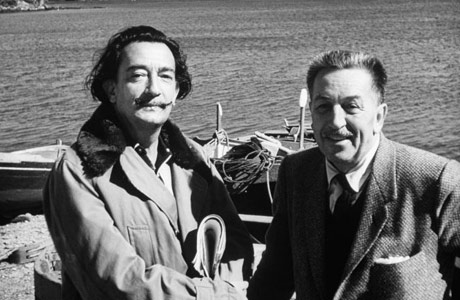
The short was initially begun in 1945, but was paused and left unfinished for decades, finally being revived and completed in 2003 under the direction of Roy E. Disney – Walt’s nephew. Gran Destino Tower features a classic, sophisticated design, while also adding splashes of Dali’s surrealism and Disney’s whimsy. Disney’s newest resort combines old world style with modern amenities, catering to seasoned travelers and young families alike.
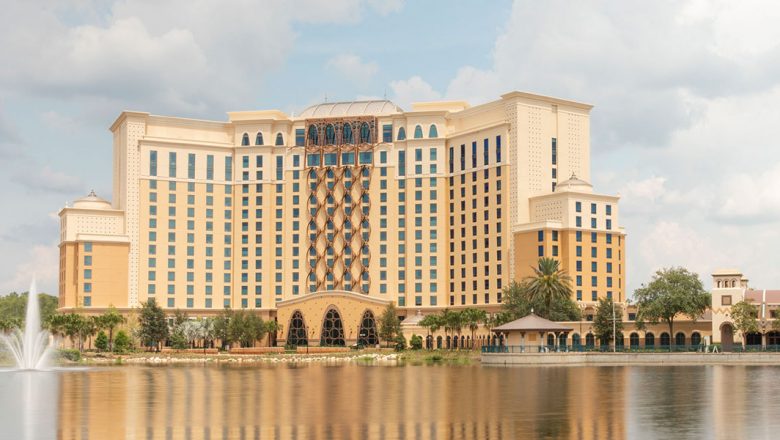
Bay Lake Tower at Disney’s Contemporary Resort has the distinction of being the closest resort building to Magic Kingdom – only a ten minute walk from the park’s gate. This tower caters heavily to Disney Vacation Club members, with many of its rooms reserved for those members alone. The design of the tower is contemporary, with a relatively small amount of Disney theming, compared to most other resorts on Disney property.
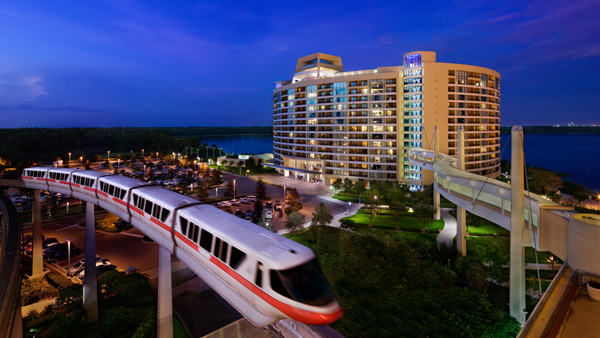
This tower has not historically been a fan favorite, but it does have its following – particularly with those who plan to spend a lot of time at Magic Kingdom, and very little time at the hotel itself.
I hope you enjoyed this list of famous Disney Towers. Have you visited any of the real-life European towers used in Disney films? Feel free to reach out with a message on social: Instagram Facebook X
